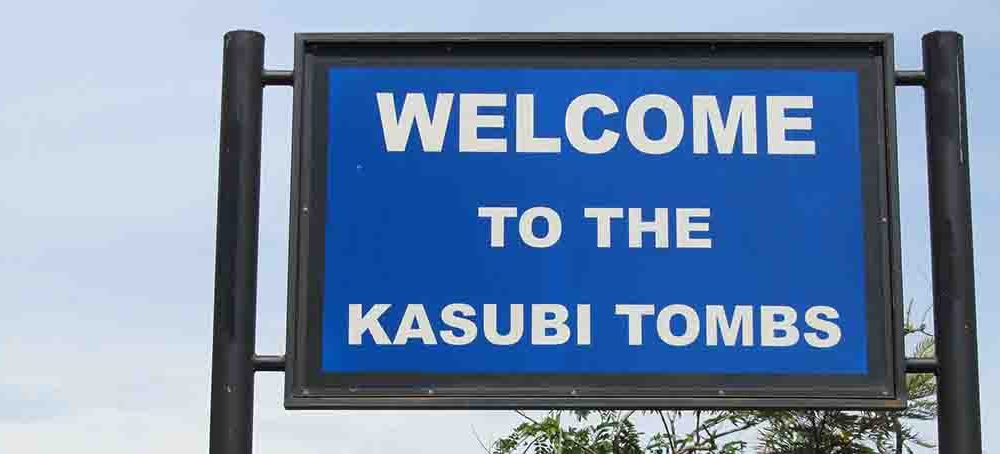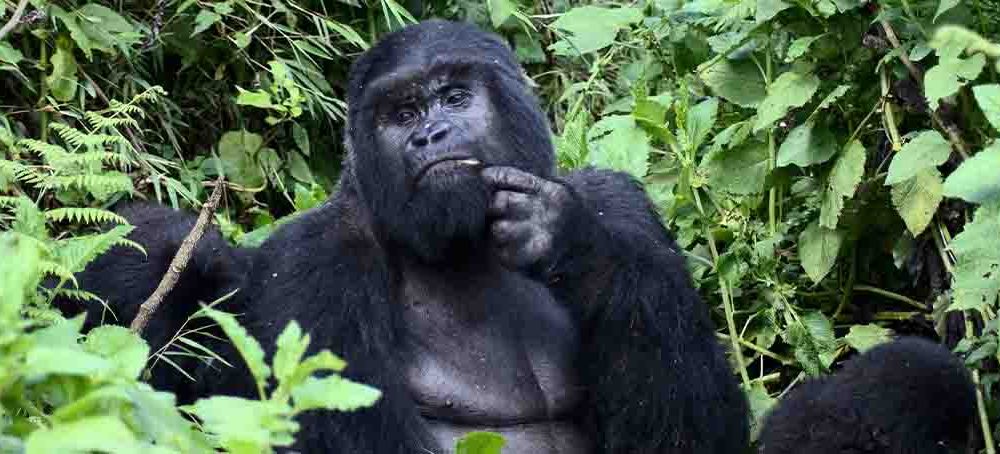The Kasubi tombs, which were erected in 1882 as a palace for Kabaka Muteesa 1,…
Who are the Maasai people?
Who are the Maasai people?
The proper spelling of this well-known tribe is Maasai (not Masai). Maasai refers to people who speak Maa. Masai was the inaccurate spelling used by British colonizers, and it is still in use today. With their brilliantly colored shukas, the Maasai have always stood out.
The Maasai can be found in southern Kenya and northern Tanzania.
The Maasai are historically one of the youngest tribes to settle in East Africa. They are also one of the smaller tribes, having a population of around 1 1/2 million people. Despite their small population, they have a rich, distinct culture and lifestyle, and are best known for their brightly colored Shka’s (material wrapped around the body), which make the Maasai stand out beautifully against the countryside, whether in small mud-thatched villages, more developed cities, or the vast open spaces where they have grazed their cattle for over 500 years.
While most visitors to East Africa are drawn by the region’s abundant wildlife in southern Kenya and northern Tanzania, the Maasai people give the region’s particular cultural flavor.
Maasai history in brief
The Maasai are a Nilotic people that originated in South Sudan and live in the African Great Lakes area.
According to oral tradition, they began moving south from the lower Nile River north of Kenya’s Lake Turkana in the 15th century, finally establishing their current range between the 17th and late 18th centuries.
Several of the ethnic groups that had been established in the area were either supplanted or integrated by the Maasai, who frequently adopted some of their customs (including ritual circumcision and social organization focused more on age set than descent).
Maasai territories covered the entire Great Rift Valley as well as the surrounding lands by the mid-nineteenth century, and its inhabitants were renowned for their bravery as warriors (using axes, shields, and clubs that could be hurled accurately from up to 70 paces) as well as their cattle-herding.
The Way of Life of the Maasai
The Maasai have traditionally been semi-nomadic pastoralists. Yet, as governments have allocated land for game reserves and national parks, the Maasai culture has grown less nomadic and more sedentary.
The Maasai have a patriarchal social structure. The bulk of choices for each community are made by the oldest males, and a man’s success is judged by the number of livestock and children he has. Guys commonly have many wives, each with her own residence.
Males are expected to shepherd the family’s cattle, while girls help their moms with firewood collection, cooking, and most other home chores. Both sexes have historically undergone emorata or ceremonial circumcision.
Raw meat, raw milk, honey, and raw blood from cattle have always been part of the Maasai diet. Most Maasai people now live on a steady diet of cow’s milk and maize meal. Maize is used to producing either a liquid or a solid porridge. Ugali is the name given to the firm porridge.
Teenage males who are circumcised are obliged to keep silent because screaming out in agony is considered dishonorable. They are then known as Moran and are sent to live in a manyatta (or hamlet) created by their mothers for several months, where they prepare to become warriors. Several Moran, who wear unique black clothing and have white face markings, may be spotted along Kenyan and Tanzanian roads, offering to pose for tourist pictures in exchange for cash.
Maasai music and dance are well recognized, with a chief (known as the olaranyani) singing the melody and others singing polyphonic harmony on call-and-response voices and rendering guttural throat-singing noises to give rhythmic syncopation. Eunoto, the warriors’ coming-of-age festival, can last 10 days or more and includes competitive leaping, for which the Maasai are arguably best known.
What endangers the Maasai way of life?
Due to modern-day influences, maintaining a traditional nomadic pastoral lifestyle has become more challenging. The loss of land is one of the most serious dangers to Maasai culture. Much of the land rezoned by governments has been allocated to national parks and game reserves, including the Serengeti National Park and Masai Mara National Reserve in Kenya, as well as Amboseli, Masai Mara, Samburu, and Tsavo in Tanzania, and Lake Manyara, Ngorongoro, Tarangire, and Serengeti in Kenya.

